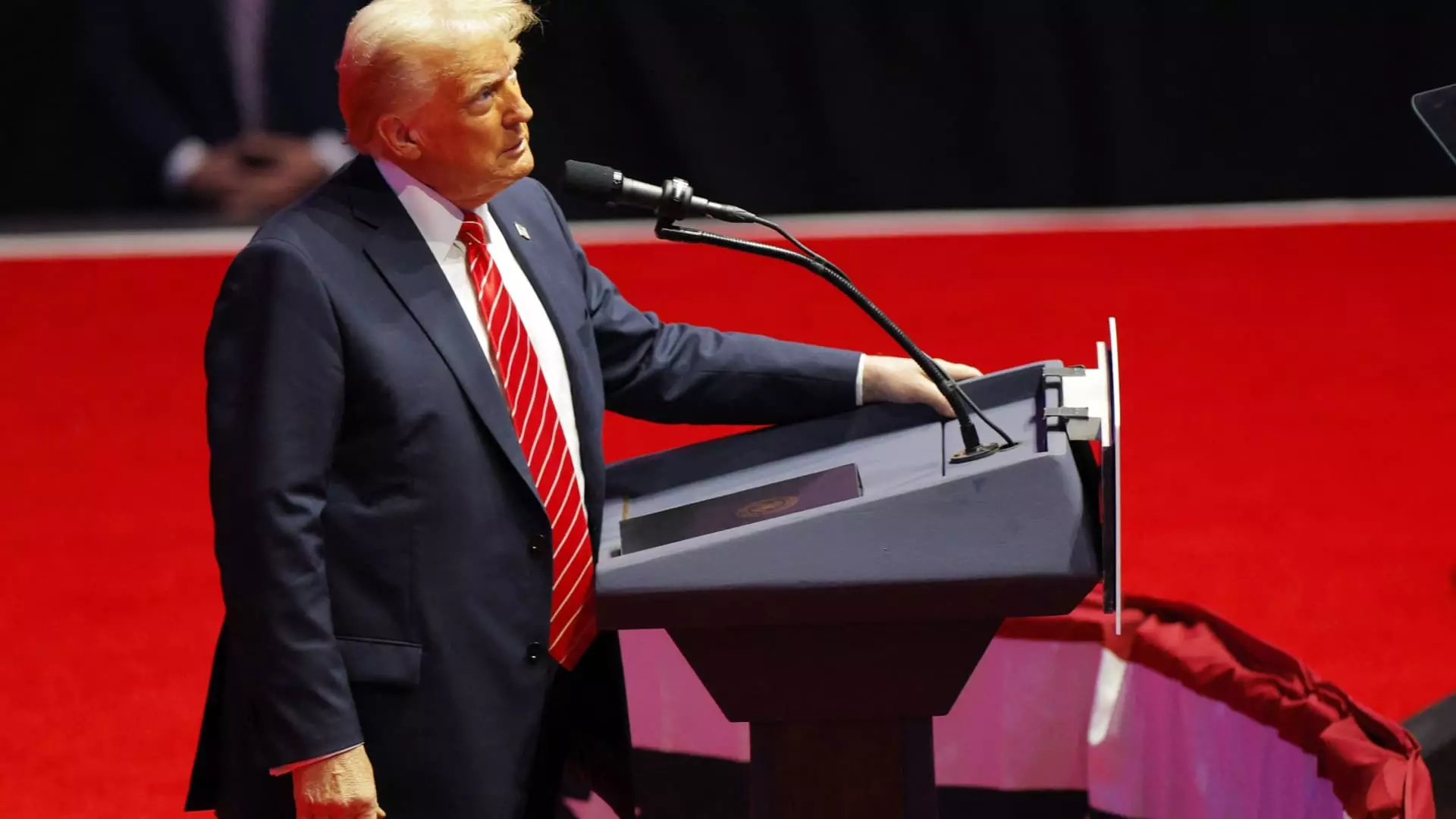As President-elect Donald Trump takes his inaugural steps into the White House, the nation turns its gaze towards how his administration will redefine trade relations. While expectations have been set high for radical policy shifts, the reality may be more nuanced. On the first day of his presidency, Trump plans to enact a series of executive orders, but imposing immediate tariffs on U.S. trading partners won’t be among them. Instead, he aims to issue a trade memorandum designed to call for an in-depth review of current trade practices and currency manipulation, focusing on nations such as China, Canada, and Mexico.
The trade memorandum is a notable pivot from Trump’s more aggressive trade rhetoric during the presidential campaign. Rather than implementing swift trade barriers, he is choosing to gather data and insights from various federal agencies about unfair trade practices. This signifies a more measured approach, one that seems to reflect an understanding of the complexities of global trade dynamics, as well as an awareness of the potential repercussions of rash decisions. The Wall Street Journal first broke the news about Trump’s cautious stance, hinting at the possibility that this administration’s trade strategy may evolve as the situation develops.
Trump’s campaign strategy was marked by aggressive economic nationalism, where he proposed sweeping tariffs—20% on all imports and even steeper rates for goods from China. Yet, his administration’s first actions might indicate a departure from such extreme measures. Recent discussions among Trump’s team concerning graduated tariffs suggest a more gradual approach, with incremental increases that could range from 2% to 5% monthly. This refined policy could help manage the immediate fears of economic volatility that many economists have voiced, particularly in the aftermath of the global pandemic and its inflationary pressures.
The wavering stance on imposed tariffs raises significant questions about the implications of protectionist policies. Economists warn that aggressive tariffs are likely to escalate the costs of production and hamper the purchasing power of consumers. As the world economy craves recovery following dislocating inflation spikes experienced during the pandemic, the introduction of tariffs could contravene the very goals that the Trump administration professes to advance.
While Trump appears to backpedal on his earlier hardline trade positions by opting for a memorandum over immediate tariffs, uncertainty looms regarding his full trade agenda. How this strategic shift will unfold in the coming months remains to be seen. As global markets react and analysts continue to dissect the implications, one can only speculate whether this represents a temporary reprieve from protectionism or a foundational change in how the U.S. engages with its trading partners. The balance between safeguarding American interests and fostering economic growth abroad will be critical as the new administration navigates these uncharted waters.

